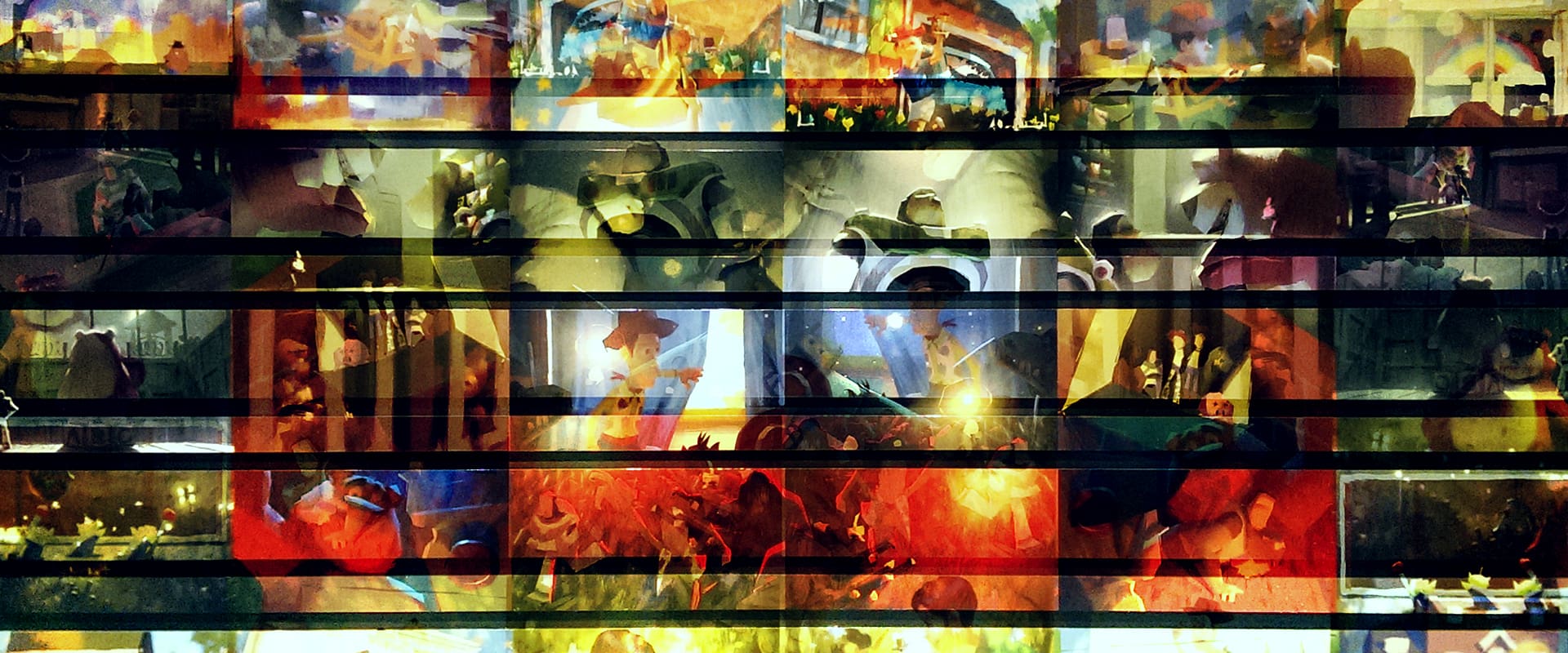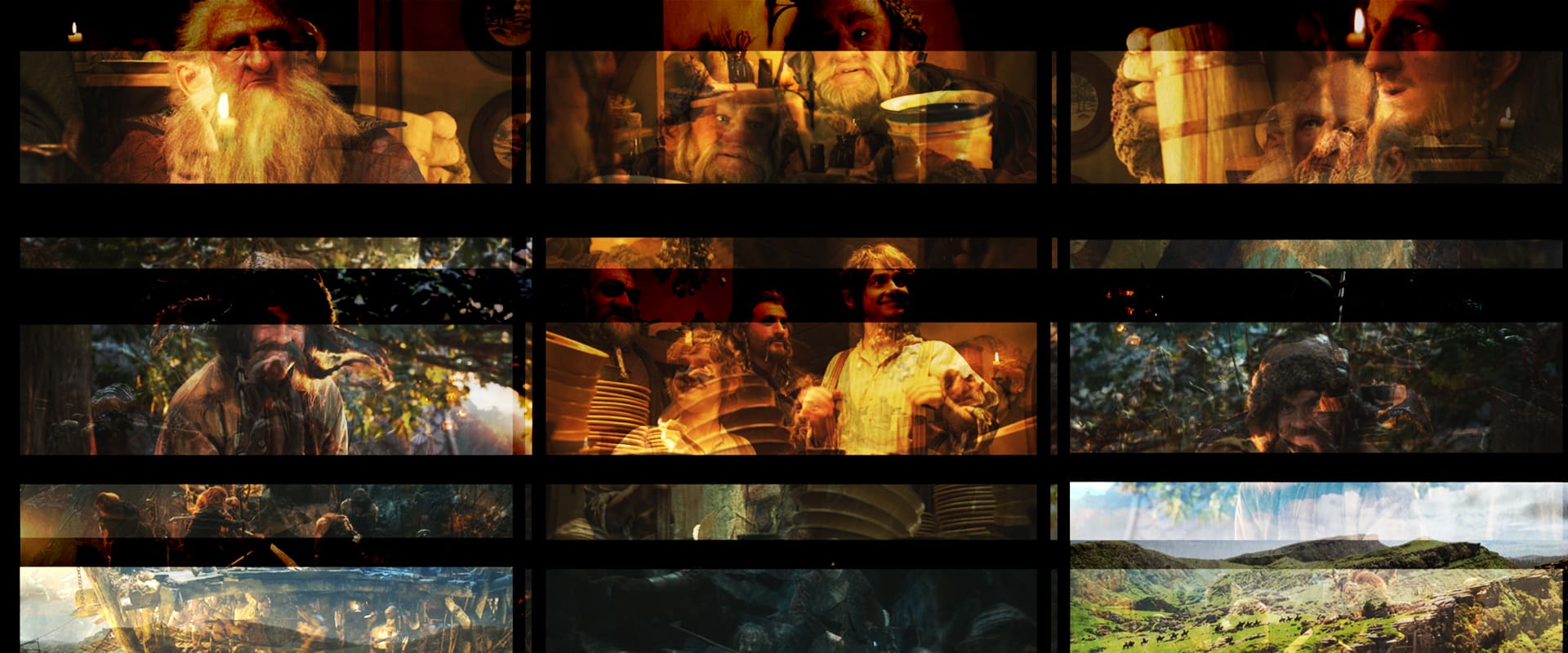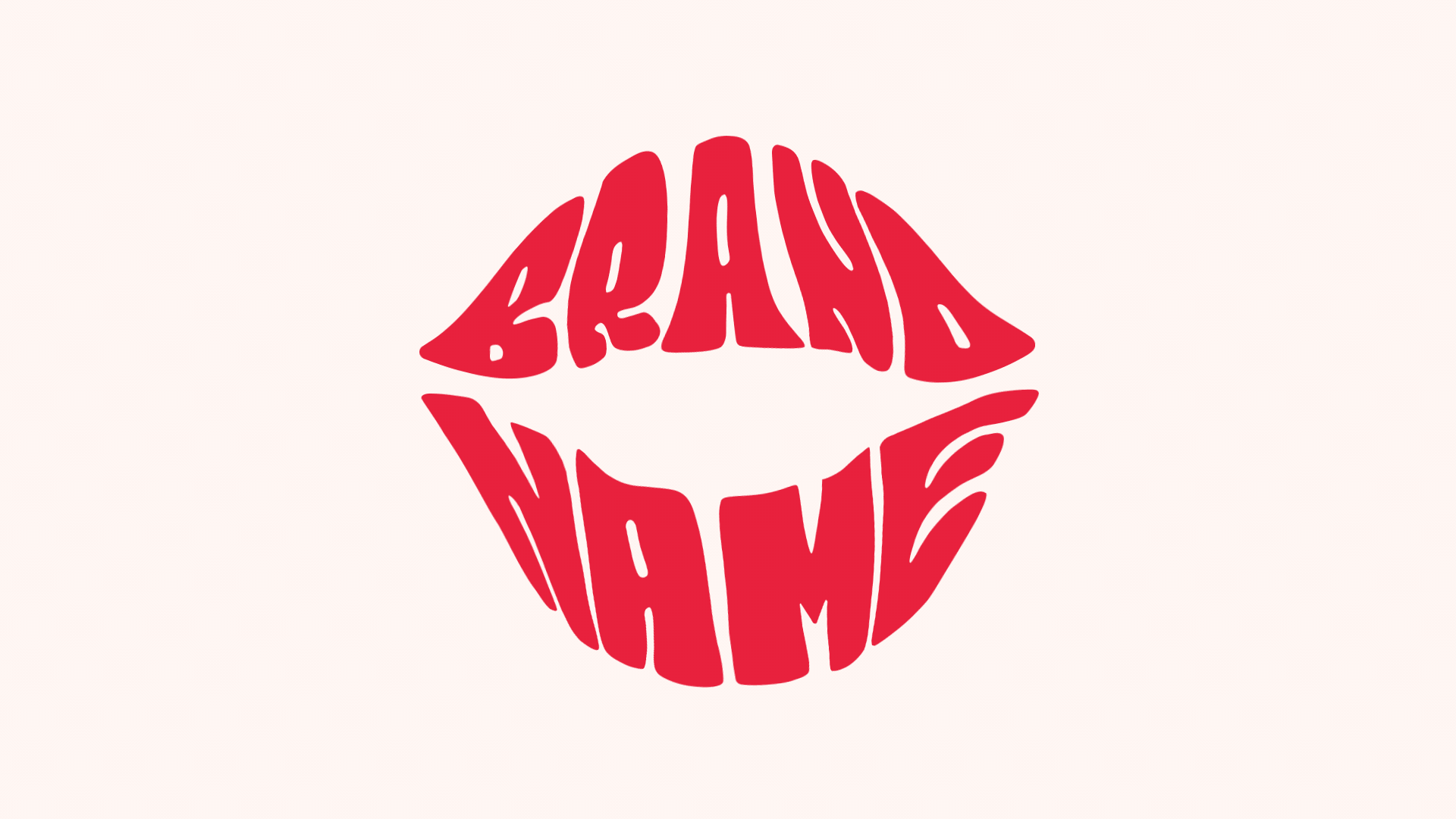You’re walking down a sweltering city street, a woman has just passed you on the phone, she’s stressed. A man in a suit rushes to the bus but it pulls away; he slows to a jog and pats the side of his body with awkward hands. Sirens wail from the next street over and the smell of fried food tickles your nose. It’s the worst setting for you to have a fantastic idea, an idea which has been months in the making, and it’s come out of nowhere. Here it is, though, and it’s coming together quickly, forming like a railway being laid at the speed of light, inviting you to steam on ahead. Just as the final adjustments are being made to perhaps the best animation sequence the world has ever had the privilege to see… someone bumps into you. The rails fly into the air, carriages clatter to a halt. The moment’s gone. An emergency vehicle flies past.
Inspiration comes at such strange times that it can seem like you’re trying desperately to wave its smoky ways into a jar as it escapes around you. I admit that it has taken me years to appreciate the simplest rule of the design industry- get it down on paper. Write it, draw it- just get the damned thing in black and white, no matter how hard it tries to wrestle itself out of your grasp. Because after that person bumps you, and you pop to the shop to grab some milk, maybe some treats for later, and oh, we need bread!
The idea goes foggy and may never wisp its way back to you… at least not until around 1am. It’ll jolt you awake with its crystal clarity and sleepily you’ll congratulate yourself on remembering such a great idea. Then in the morning you’ll have forgotten all about it.
But let’s say you remember it.
You’re ready to present your idea. The faces opposite you look confused yet expectant. Any moment now it’ll click with them how good the idea is, but your explanations are adrift in troubled waters with little chance of finding the warm beaches of acceptance. Why? Two reasons. Either it’s a pile of rubbish, or your ideas aren’t aligning with the visions they’re having. This is a perfect time to introduce the storyboard. The end product can be roughly drawn out to align visions, meaning the idea can walk onto the beach like it’s a sexy extra in a James Bond film.
 Storyboarding is a staple of the film and animation industry, and the myriad ways it’s implemented throughout this world do not bear repeating. But I’ll do it anyway, using some examples and some of that Graphic Designer Pomp we’ve all come to love.
Storyboarding is a staple of the film and animation industry, and the myriad ways it’s implemented throughout this world do not bear repeating. But I’ll do it anyway, using some examples and some of that Graphic Designer Pomp we’ve all come to love.
For a Pixar film, from A Bug’s Life to The Incredibles 2, storyboarding is the most important factor of what makes these ideas come to life. Here, like most animations, the storyboarding process is actually the editing. In most filmmaking, the two processes get their time in the light at different stages, yet when it comes to animated films, they mix like a provocatively-named cocktail with a snazzy umbrella. Why? Because to render and produce extra scenes that end up being cut is a huge undertaking, not to mention costly. If you know exactly which frames you need before production kicks in, then you’re on your way to the idea making the deadline… or at least flirting with it.

Mistakes at the early stage of storyboarding are easier to iron out. If scenes aren’t working in black and white, they won’t work later on. From a graphic design point of view, if the idea isn’t communicated within tiny squares of ink clearly then chances are it will stay confused all the way to the premiere. A great example of this is the vast difference between the Lord of the Rings trilogy films and The Hobbit trilogy films. LOTR had years of planning, storyboarding and concept art and is deemed a timeless classic. The Hobbit, on the other hand, had weeks of panicked planning and is deemed such a waste of talent and time you could send it to Room 101 and it’d be spat back out. Maybe that’s harsh, but regardless, the two trilogies stand on either side of a vast gulf of prestige due to the importance of storyboarding.
At Elastic, we get things down on paper early on. The animation process begins the second we enter the studio, before any Macs have been turned on. Formed in the strangest of places and at the most inconvenient times, our ideas are put into production and not lost to the depths of “What was it again?” This is why our workshops are so crucial to our clients, why our motion sticks to its message and why our studio can sometimes resemble a paper reconstruction of Arthur’s Seat.
So as you’re walking down a sweltering city street, don’t be weirded out by the motion designer frantically scribbling down ideas before they escape. It’s all part of the process. Contact us today to see how a storyboard-based video can propel your brand forward.




